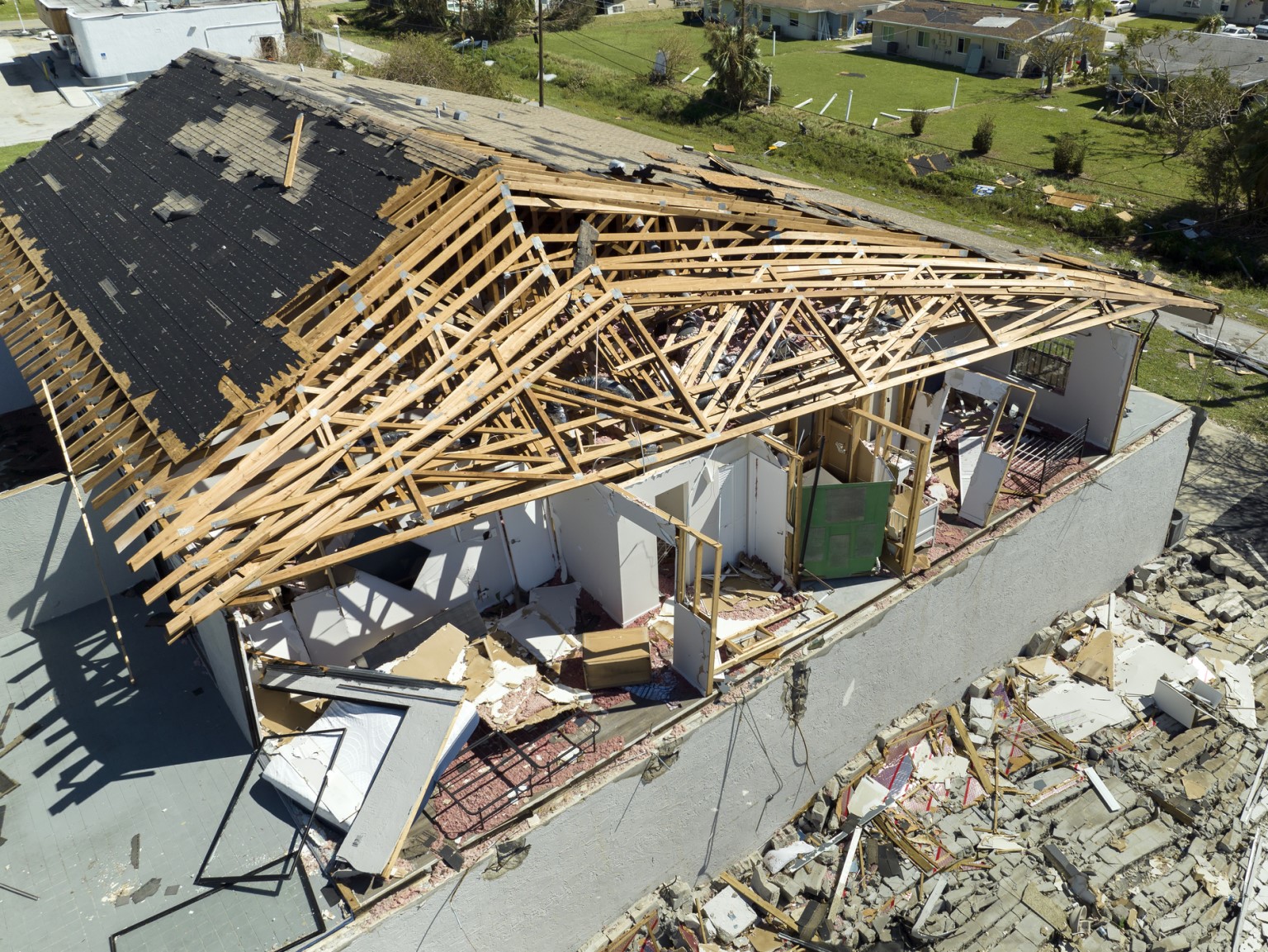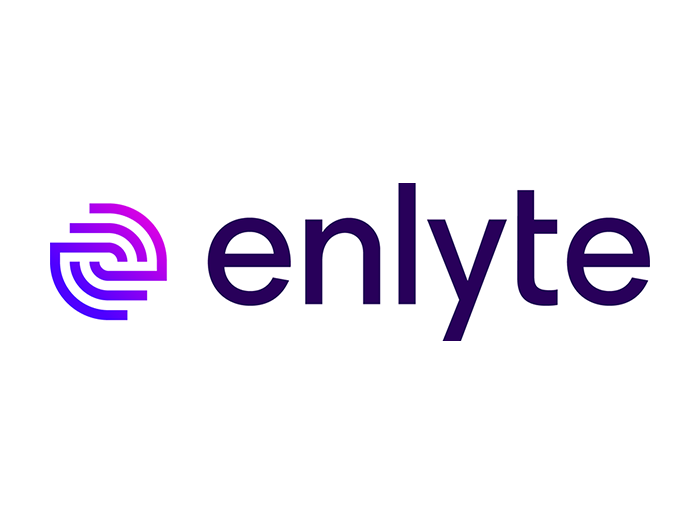Are We in a Hard Market or a Period of Transition? And Why Do These Words Matter?
When you start your insurance career, you learn insurance is based on the law of large numbers to estimate the value and frequency of future claims they will pay to policyholders.
To take us back to our college statistics class, the law of large numbers in probability and statistics states as a sample size grows, its mean gets closer to the average of the whole population.
In simple terms, if a person wants to determine the average value of a data set of 100 possible values, they are more likely to reach an accurate average by choosing 25 data points instead of 2. The insurance industry has such a data set to predict losses. Using the law of large numbers, underwriters begin the process of selecting insureds, pricing coverage and determining policy terms and conditions.
At this point, the process seems simple.
Now let’s add a little wrinkle: hard and soft markets. In a soft insurance market, many insurers are competing for business and premiums are generally lower. Some might even say underwriters are more flexible and willing to offer broader coverage and relax underwriting standards.
A hard market is characterized traditionally by the opposite.
During a hard market, you see increased premiums and stricter underwriting guidelines. The USI Q4 property and casualty insurance Market Outlook is a good reference for market conditions today. Technically, I can’t say if we are in a hard or soft market. However, based on the statistics below from the USI 2019 Insurance Market Outlook report, the market is trending towards hardening, if its not there already.
Let’s look at a couple of lines of coverage from the report:
- Property Non-Catastrophic with Good Loss History midyear update up 10%, Q4 2019-2020 up 10% to 20%
- CAT Property with Minimal Loss History midyear update up 10% to 40%, Q4 2019-2020 up 25% to 40%
- CAT or Non-CAT Property with Poor Loss History midyear up 10% to 40%, Q4 2019-2020 up 30% to 60%
- Primary General Liability midyear flat to up 15%, Q4 2019-2020 up 5% to 10%
- Primary Automobile Liability with Fleet Lower than 200 and Good Loss History midyear up 5% to 10%, Q4 2019-2020 up 10% to 15%
- Primary Automobile Liability with Fleet Lower than 200 and Poor Loss History midyear up 15%, Q4 2019-2020 up 15% to 25%
- Public Company Directors’ & Officers midyear up 10% to 30%, Q4 2019-2020 up 25% to 50%
Some reasons for a hard insurance market include falling investment returns for insurers, increases in frequency or severity of losses, and regulatory intervention deemed to be against the interests of insurers.
Deloitte posted the following on its website: “Sustained economic growth, rising interest rates, and higher investment income contributed to a strong year for insurers in 2018. Although 2019 is shaping up to be a banner year, longer term challenges like the potential for economic slowdown and ongoing disputes over tariffs and trade rules may cast a shadow on the insurance market outlook.”
The Dow Jones industrial average has increased from 19,762.60 at year end 2016 to 27,875.62 today, supporting the theory we are in a period of economic growth.
As a risk manager, I would like to raise the following questions:
- Thinking back to the law of large numbers and the process of underwriting, how can the industry be so off that across the board such increases are needed across so many lines of coverage?
- Is the trending towards a hard market artificially generated?
- Are some carriers jumping on the bandwagon to increase rates because the believe they can, not because they need to? The increase in the Dow would lead one to believe investment income should not be the issue.
As buyers of insurance, do we have options? Perhaps other industries will take a page from the Nuclear Industry years ago.
Nuclear Mutual Limited was formed in 1973 by a group of U.S. electric utilities as an alternative to the commercial nuclear insurance market. Today, the company continues to insure electric utilities and energy companies. Should more industries with companies that have a strong risk management philosophy take a page from the Electric Industry to take control of their own destiny? &










